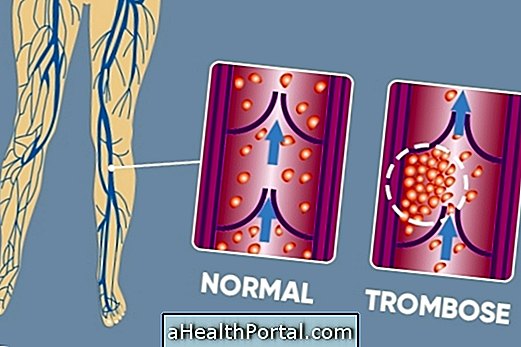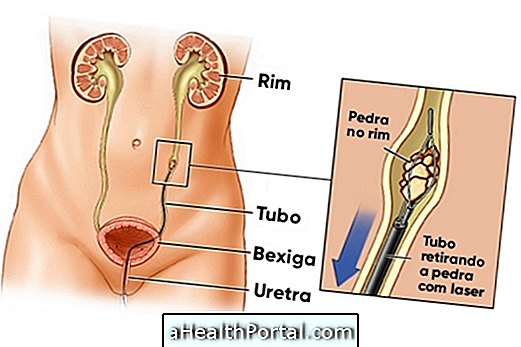Amniotic band syndrome, also known as amniotic flutter syndrome, is a very rare condition in which pieces of a tissue similar to the amniotic sac wrap around the arms, legs or other sites of the fetal body during gestation, forming a band .
When this happens, the blood can not reach correctly in these places and, therefore, the baby can be born with malformations or with lack of fingers and, even without full members, depending on where the amniotic band formed. When it happens on the face, it is very common to be born with cleft palate or cleft lip, for example.
In most cases, treatment is done after birth with surgeries to correct malformations through surgeries or use of prostheses, for example, but there are some cases where the doctor may suggest having surgery in the uterus to remove the band and allow that the fetus develops normally. However, this type of surgery has more risks, especially abortion or severe infection.
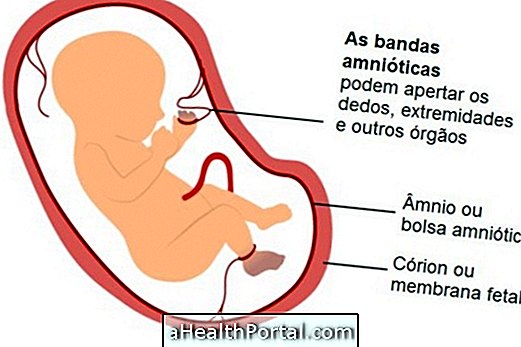
Key Features of Baby
There are no two equal cases of this syndrome, however, the most common changes in the baby include:
- Fingers glued together;
- Shorter arms or legs;
- Nail malformations;
- Amputation of the hand in one of the arms;
- Amputated arm or leg;
- Cleft palate or cleft lip;
- Congenital crooked foot.
In addition, there are also many cases where an abortion may occur, especially when the band, or amniotic flange, forms around the umbilical cord, preventing the passage of blood to the entire fetus.
What causes the syndrome
The specific causes that lead to the onset of amniotic band syndrome are not yet known, however, it is possible that they arise when the inner membrane of the amniotic sac burst without destroying the outer membrane. In this way, the fetus is able to continue developing, but is surrounded by small pieces of the inner membrane, which can coil around its members.
This situation can not be predicted, nor are there factors that contribute to its onset, and therefore, nothing can be done to reduce the risk of the syndrome. However, it is a very rare syndrome and even if it does, it does not mean that the woman will return to having a pregnancy of the same type.
How to confirm the diagnosis
The amniotic band syndrome is usually diagnosed during the first trimester of pregnancy through one of the ultrasound examinations done during prenatal consultations.
How is the treatment done?
In almost all cases, the treatment is done after the birth of the baby and serves to correct the changes caused by amniotic flanges, so that several techniques can be used, according to the problem to be treated and the associated risks:
- Surgery to correct sticky fingers and other malformations;
- Use of prostheses to correct lack of fingers or parts of the arm and leg;
- Plastic surgery to correct changes in the face, such as cleft lip;
Since it is very common for the baby to be born with congenital crooked feet, the pediatrician can also advise doing the Ponseti technique, which consists of putting plaster on the baby's foot every week for 5 months and then using orthopedic dolphins to the 4 years old, correcting the change of feet, without surgery. Learn more about how this issue is handled.


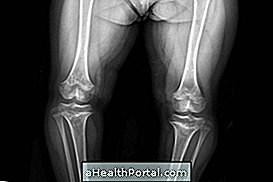
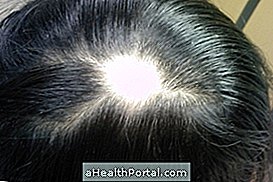












-o-que--quando-fazer-e-como-funciona.jpg)

